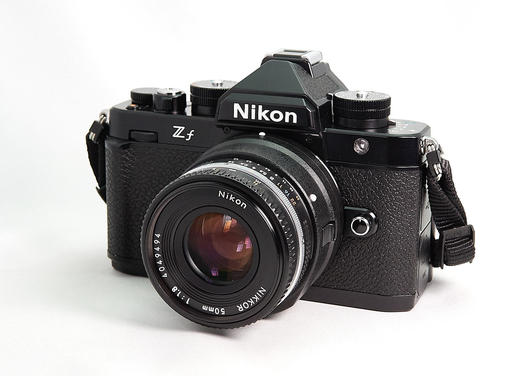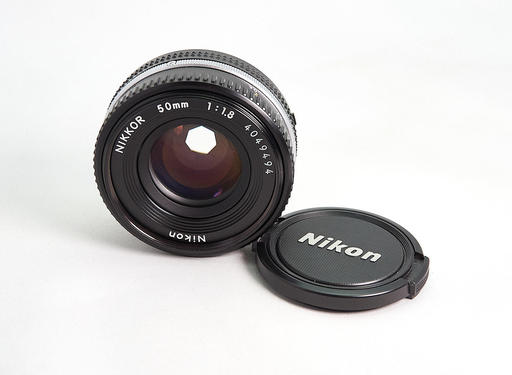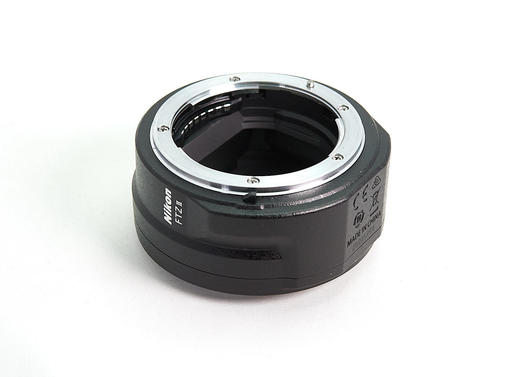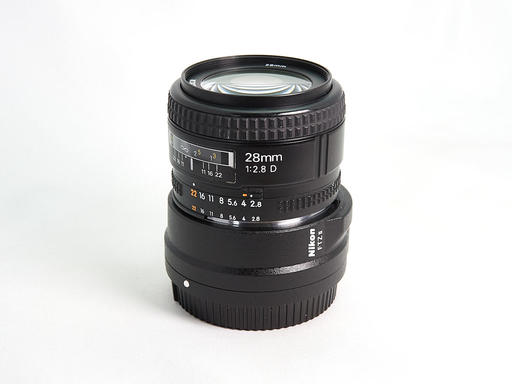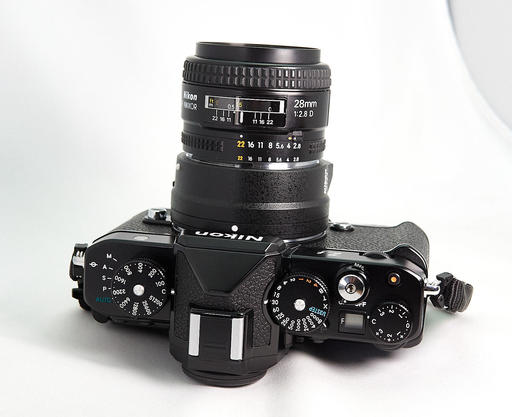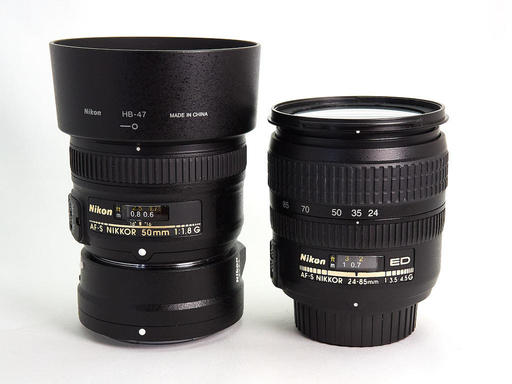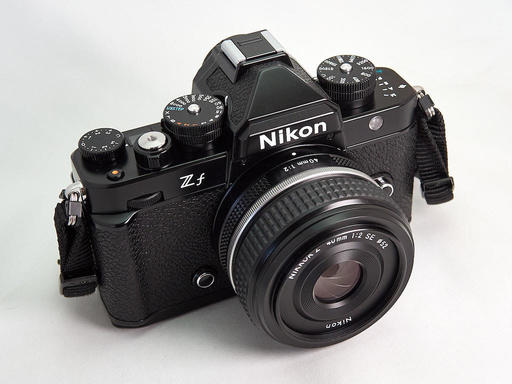Nikon has always done a pretty good job with lens compatibility, even as its cameras have evolved over the years. If you own a current Z-Mount mirrorless, here's what you can expect, compatibility-wise, from current and classic Nikon optics. (Impact-Site-Verification: -1939014109)
Manual Focus Lenses
Those beautiful AI-S optics, such as the AI Nikkor 50mm f/1.8S, can be mounted to a current mirrorless body, such as the Zf mirrorless that I've used for testing all of these lenses.
You will need the Nikon FTZ adapter to make the connection. I like version II that doesn't have the tripod adapter.
Since there are no exposure or focusing contacts on the AI-S lenses, you will be in manual mode for both of those functions. That's easier than it may initially sound, however. Using focus peaking (Custom Settings > a12 Focus peaking) helps produce sharp images with any manual focusing lens. I've reprogrammed the AE-L/AF-L button on the back of the Zf to turn on and off peaking. It works great.
Exposure can be determined by how the image looks in the electronic viewfinder. It's easy. Just set your shutter speed, then rotate the aperture ring until the image looks the way you want. Take the picture. If you want more visual information, you can turn on the Live Histogram.
A bonus with the Zf is that its sensor-based image stabilization works with any lens mounted. So that 40-year-old AI-S optic can now stabilized too. But, in order for that to work, you must first register the optic in the "Non-CPU lens data" menu item. This gives the Zf the information it needs for proper stabilization.
AF Lenses With Aperture Rings
Now we're getting into lenses that have electrical contacts for exposure, such as the AF Nikkor 28mm f/2.8D. With the FTZ adapter, the "D" lenses can be used in Program, Aperture Priority, Shutter Priority, and Manual exposure modes. Very handy.
They don't have built-in AF motors, so you will have to manually focus them. But generally speaking, the glass is fantastic on these optics, and they will render beautiful pictures.
AF Lenses Without Aperture Rings
The next generation of Nikon AF lenses, the "G Series," have AF motors built into them, and they work great with Z-Mount mirrorless cameras via the FTZ adapter.
They provide automated exposure in all modes (Program, Aperture Priority, Shutter Priority and Manual), are stabilized thanks to the built-in IBIS of the Zf body, and focus quickly and accurately using the FTZ adapter.
You can get a brand new Nikon AF-S NIKKOR 50mm f/1.8G for $197.
Using these on assignment, I haven't noticed any real difference in performance between the F-Mount G-Series AF lenses, and the native Z-Mounts, other than you have to include and work with the adapter.
Z-Mount Lenses
As capable as many of my older Nikon lenses are on the Zf, I like having one or two Z-Mount optics as well. They are designed for the camera body, don't require an adapter, and take full advantage of the latest features.
My go-to lens for the Zf mirrorless is the NIKKOR Z 40mm f/2 (SE). It's the lens I leave on the camera for my everyday shooting.
Bottom Line
With the Nikon FTZ adapter, you can use your complete inventory of Nikon glass. Functionality will vary with the age of the optic, but it's also an opportunity to creatively render different looks with your Nikon Z mirrorless camera. Not to mention, it's fun.
